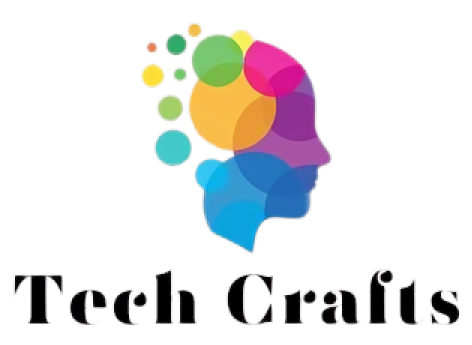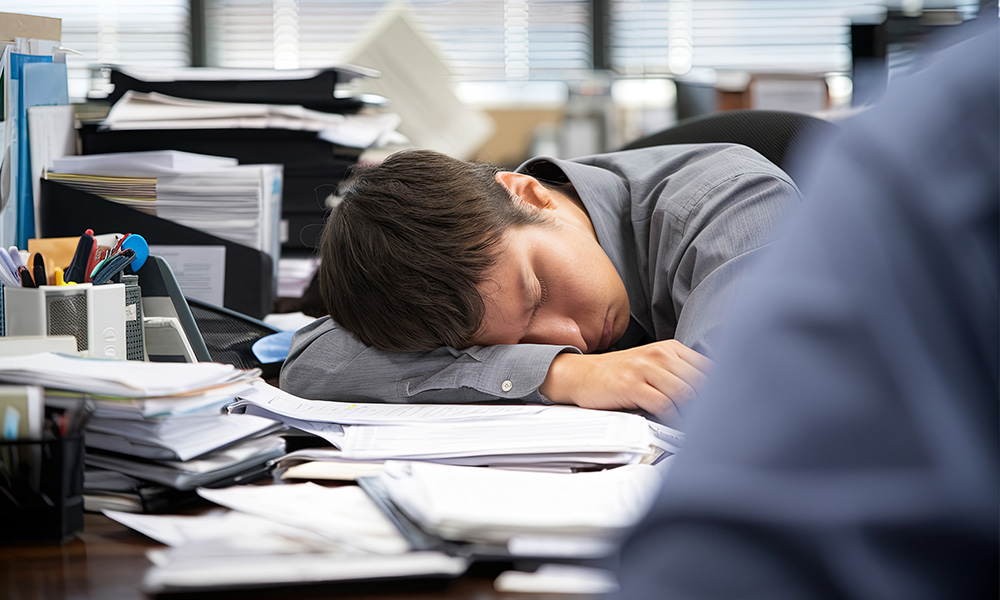Sleeping at work might seem like a taboo subject, but it’s gaining attention in today’s wellness-driven workplace culture. While once considered unprofessional or lazy, strategic napping is now recognized by some companies as a tool for boosting productivity and mental health.
But is it ever acceptable? What are the legal and performance implications? And how can employers and employees manage it effectively?
This article covers:
- Why employees sleep at work
- Pros and cons of workplace napping
- Legal and HR considerations
- Sleep pods, nap rooms, and corporate culture
- SEO keywords and FAQs for optimized engagement
Why Do Employees Sleep at Work?
Sleeping on the job isn’t always a sign of laziness. Common causes include:
- Sleep deprivation (from long commutes, parenting, stress, etc.)
- Medical conditions (like insomnia, sleep apnea, narcolepsy)
- Shift work or irregular hours
- Burnout and mental fatigue
- Lack of proper break schedules
According to a study by the National Sleep Foundation, 29% of workers report feeling sleepy at work several days a week.
Pros of Sleeping at Work (When Managed Properly)
Some forward-thinking companies encourage controlled napping to support productivity and wellness.
| Benefit | Description |
| Boosts Productivity | Short naps (10–20 min) increase focus & memory |
| Reduces Errors | Fatigue-related mistakes decrease significantly |
| Improves Morale | Shows employer cares about well-being |
| Encourages Creativity | A rested brain is more innovative |
| Combats Burnout | Naps help employees recharge mentally |
Companies That Encourage Workplace Napping
- Google – Offers nap pods in their offices
- Zappos – Has dedicated nap rooms
- Ben & Jerry’s – Provides lounge areas for rest
- HuffPost – Installed wellness rooms for napping
Cons of Sleeping at Work (When Unmanaged)
| Risk | Impact |
| Perceived Unprofessionalism | Can damage trust or office morale |
| Reduced Productivity | Long or unscheduled naps may disrupt workflow |
| Security Risks | Sensitive info left unattended during naps |
| Policy Violations | Breaches formal employee conduct codes |
| Legal Liability | Accidents or misuse of nap areas could raise concerns |
Legal and HR Considerations
Sleeping at work can raise legal or disciplinary concerns if not clearly addressed.
For Employers:
- Include sleep/napping in your HR policy
- Clarify when/where napping is allowed (if at all)
- Address medical accommodations under ADA or labor laws
- Consider liability insurance if providing rest areas
For Employees:
- Know your company’s employee handbook
- Avoid sleeping on company time unless explicitly allowed
- If you have a medical condition, consider an ADA disclosure
Tips for Healthy Napping at Work
If your workplace supports napping, do it right:
Ideal Nap Length: 10–20 minutes
- Avoid grogginess or “sleep inertia” from longer naps
Nap Smart:
- Use a designated nap room or wellness space
- Bring earplugs, eye masks, or white noise if needed
- Set a phone alarm to avoid oversleeping
- Avoid caffeine right before a nap
SEO Keywords to Include
To rank higher in search engines, include these SEO phrases naturally:
- sleeping at work
- is it okay to sleep at work
- workplace nap policy
- corporate nap rooms
- employee wellness and sleep
- nap pods at work
- employee burnout solutions
- productivity tips for office fatigue
Use them in meta tags, H1–H3 tags, image alt texts, and internal links.
Conclusion
Sleeping at work is no longer just a workplace faux pas—it’s a complex issue that touches on wellness, productivity, and company culture. While unmanaged napping can be disruptive or even dangerous, controlled, purposeful rest has been shown to enhance focus, reduce burnout, and improve overall performance.
As workplace norms evolve, smart employers are reconsidering what it means to rest productively.
FAQs
Q1: Is sleeping at work grounds for termination?
It depends on company policy. In strict environments, yes. But in wellness-forward workplaces, napping may be allowed under set guidelines.
Q2: What are the benefits of allowing naps at work?
Short naps can improve focus, reduce mistakes, boost creativity, and support mental health—especially in high-stress roles.
Q3: Are nap pods effective?
Yes. Companies like Google and NASA have found that nap pods enhance alertness and productivity in controlled settings.
Q4: Can an employer fire you for falling asleep at your desk?
If it violates your company’s policies or disrupts work, yes. But some cases (like medical issues) may be protected under the ADA.
Q5: What industries benefit most from employee napping?
Healthcare, tech, creative fields, and shift-based jobs benefit most from allowing controlled napping or rest breaks.
Also read: USPS Anywhere Mailer: What It Is and How It Works for Direct Mail Marketing







